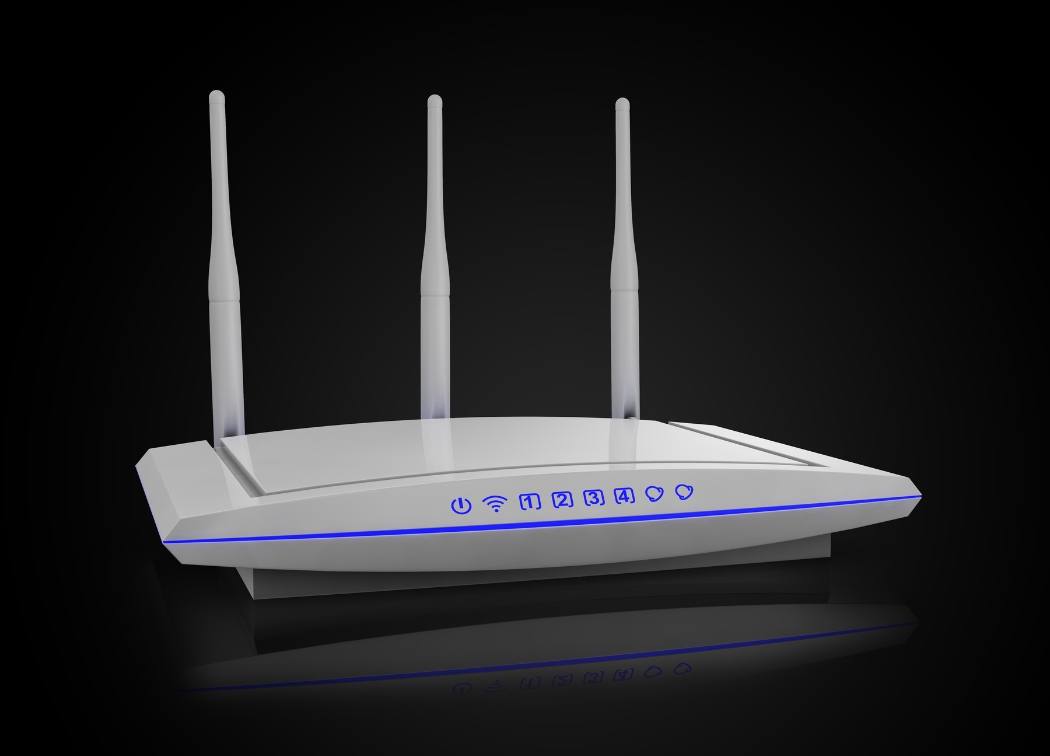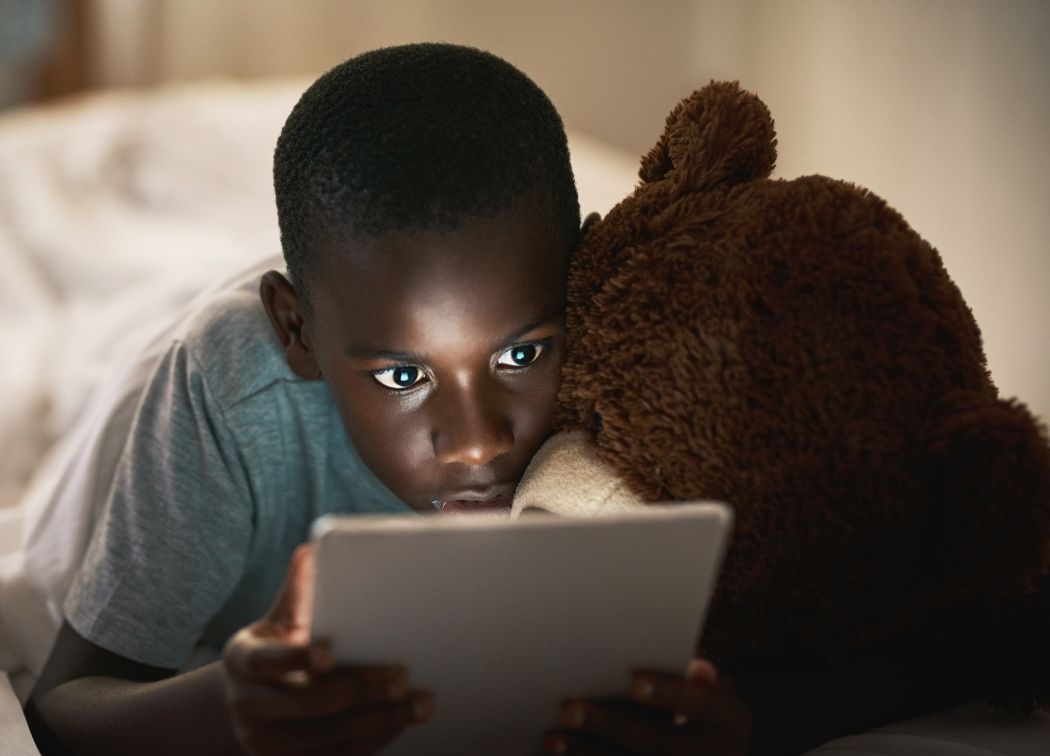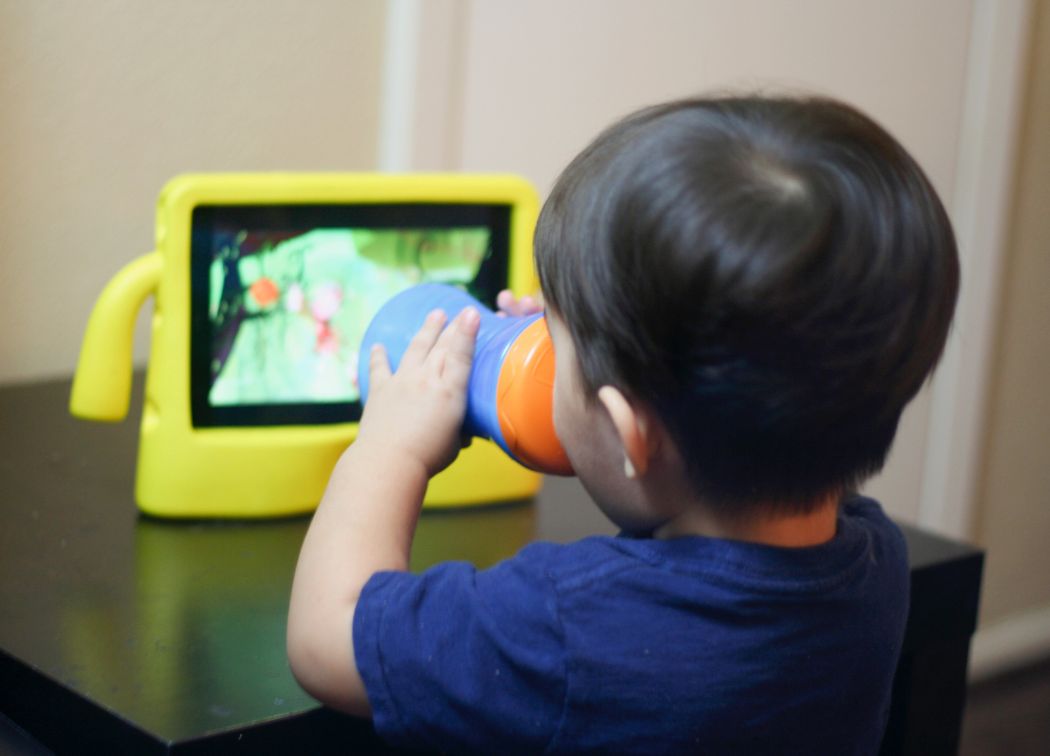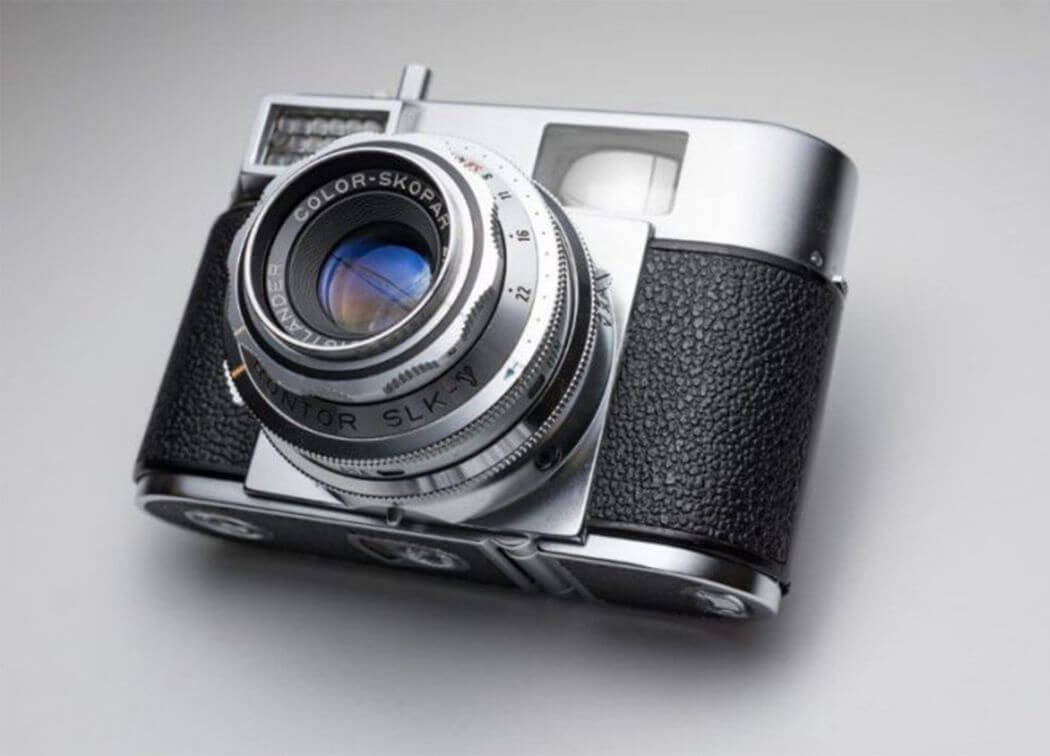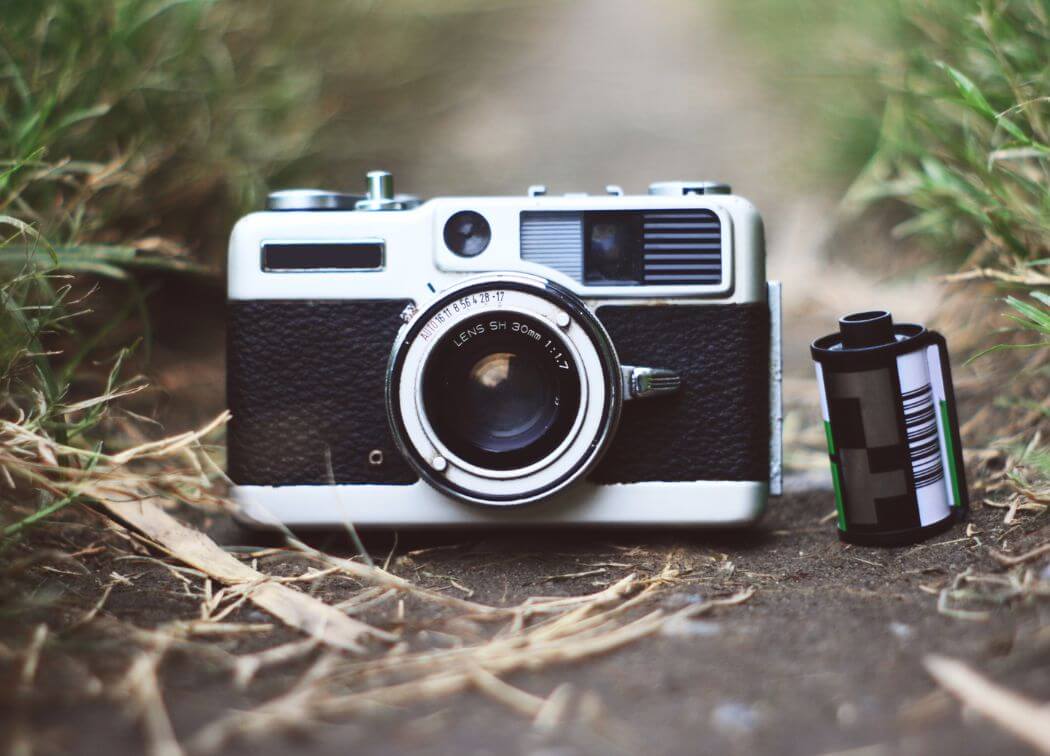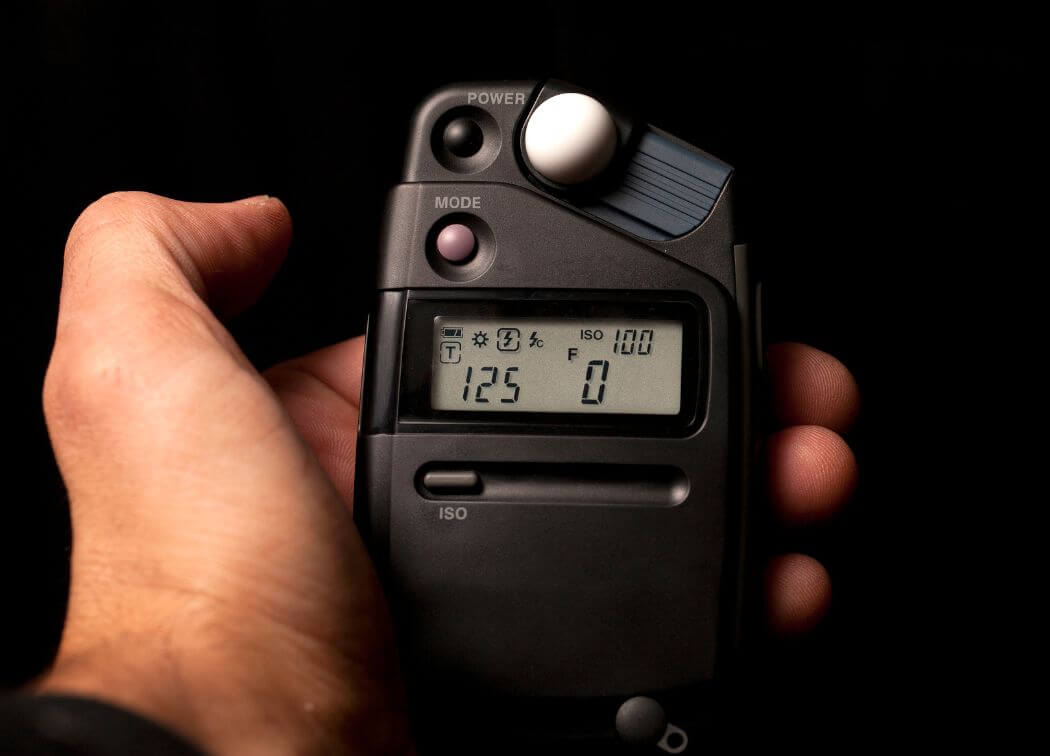The vast number of photos you see daily are shot from the same perspective. Roughly eye level; approx. 5 ft 5 in above ground level.
This isn’t a bad thing, in fact it’s quite a normal perspective for people because this is how we see pretty much everything. However, if you want a photo that catches the eye, try a different perspective. Shoot from a low angle!
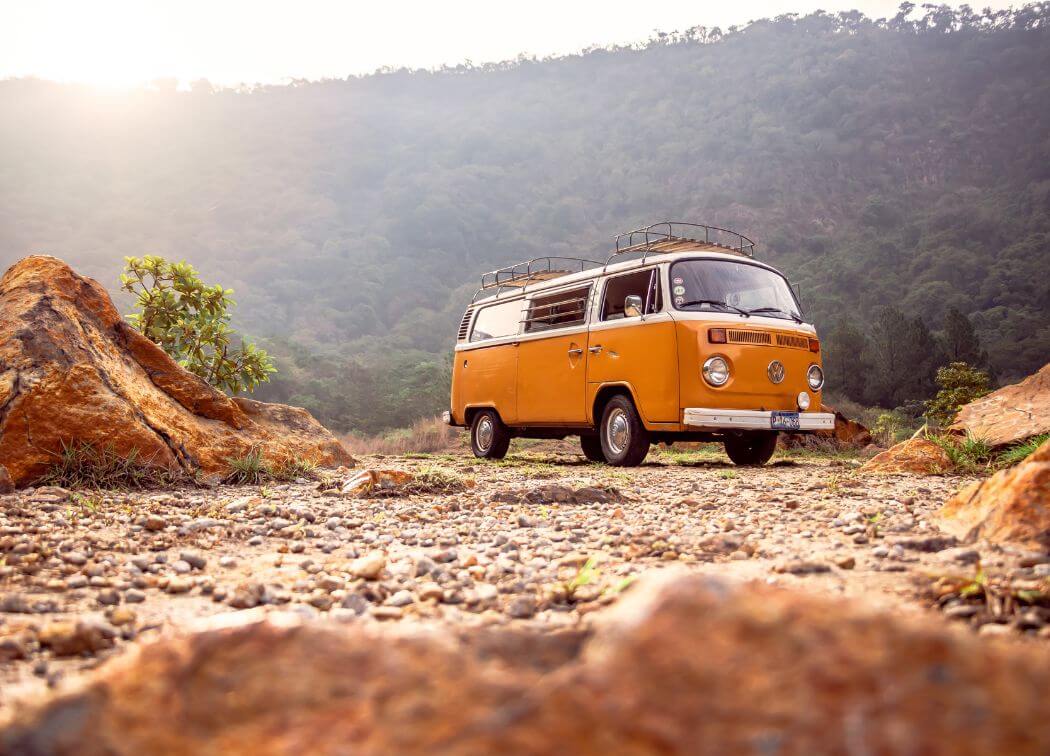
Why is low-angle shot used in photography?
Whenever you are checking out a scene for a good composition, try to remember the low angle shot. There are scenes that naturally fit this technique. In the photo below, I was taking photos of my 3-month-old Chihuahua puppy.
But from 6 feet in the air, I wasn’t getting a shot I really liked. Then I decided to get down at her level and came away with this!
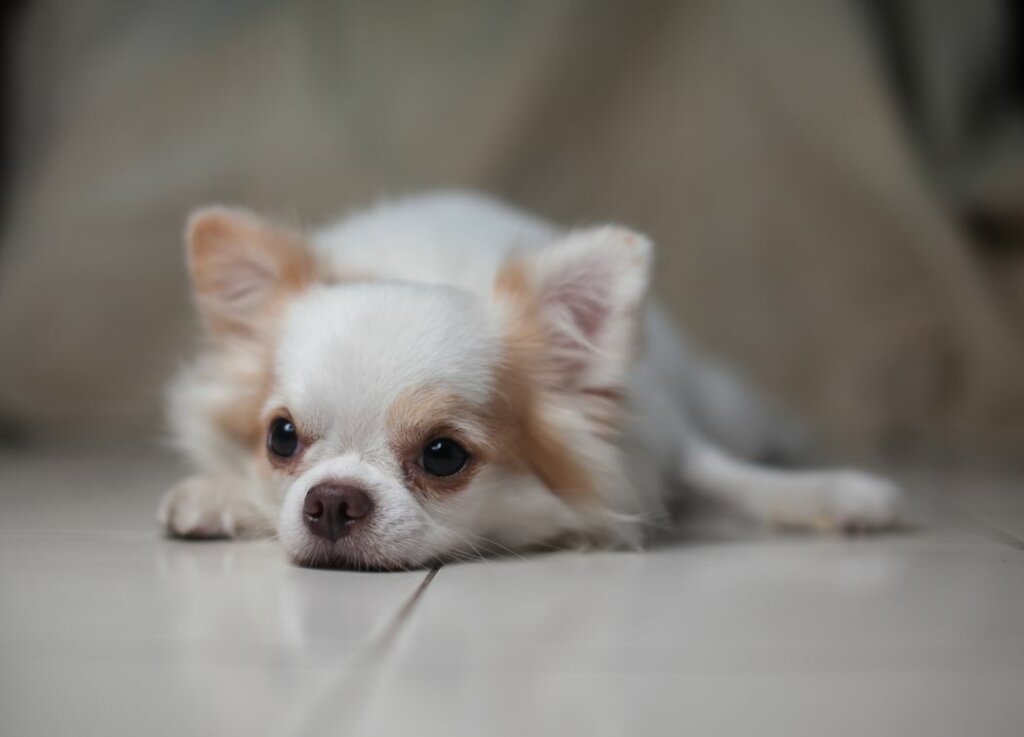
Shoot from a low angle: Composition
Shooting photos from a low angle works in a lot of different situations. Obviously pets because they tend to be close to the ground anyway. Also, portraits, landscapes, street photography, vehicles, just to name a few.
Finding the right composition
It can be a little challenging to fine the right composition without getting a little lower. What I do is just take a knee to see if a low angle shot might work out.
If that perspective shows promise, I sometimes hold my camera lower and snap a test shot and then look at it. You can always delete it afterword but it’s a great way to test the scene.
Some shots just lend themselves naturally to a low angle shot. Like the puppy photo above. Another shot that just seems natural is a low angle portrait photo. Like the one below.
Getting the lowdown on low angle
Another subject that seems to scream out for a low angle shot are flowers. Usually the best shots are if you get down at their level.
I have created some “micro” landscape photos, by getting low near some residential landscaping. If you frame the scene right, you get a kind of “land of the giants” feel to the photo.
When are looking to shoot from a low angle, another possibility is to try looking underneath some other object. Sometimes if you kneel down and look under objects, you see a whole different perspective on the other side.
I happened to be looking under my truck one day and saw this on the other side. So, I got out the camera and snapped a shot.
Gear you might need
There are a couple of pieces of gear that will aid in taking low angle photos. One is a mini tripod. This will allow you to get the camera down low without sitting on the ground or holding it in an awkward position. I have one I keep in my camera bag that is very useful for a number of tasks:
This is the Joby Minipod. Inexpensive, small, folds down, swivel head. Here is a link to this minipod on Amazon: Joby Minipod
Another is a remote shutter release. Do not underestimate the value of this inexpensive accessory. Useful in so many situations.
Lay it all down
Of course, if you do not have a mini tripod you can always just lay on your belly. I have laid my camera on my bag, a rock, hung of wood, etc. Whatever it takes to get the job done. In the photo below, I just laid down in the field, held my camera up to my eye and snapped the shot.
Camera settings for low angle shot
The settings for your camera are largely going to depend on what the scene is and what you want to accomplish. Let’s assume you are going to have the camera in Av mode.
Av stands for aperture value, which is where you set the value of the aperture and the camera automatically adjusts the shutter speeds appropriately.
Flowers, insects and other small objects
If you are shooting a flower, a low F/Stop with a shallow depth of field may be desirable. Maybe something in the F/2.8 to F/4 range. If you are close to the flower, I would suggest a F/Stop on the higher side to increase the depth of field and get more of the flower in focus
Pets, people and larger objects
If shooting a pet, I would suggest an aperture value of F/5.6 for a high depth of field. Same for people. Of course, this depends on if you want background stuff to be in focus or blurred. Having the background blurred makes the primary subject stand out.
A word on lens choice
It probably goes without saying but I’ll say it anyway. The choice of lens will depend on the subject you are trying to capture. If it’s a small discrete object, a nice tight macro lens is probably the best choice.
If you are looking at a micro landscape, then a wide angle lens will give you more spread. Portraits are usually done with a 50mm or 85mm prime lens.
Conclusion
Just keep in mind the alternatives to just standing flat footed and shooting from eye level.
There is a whole new perspective waiting for you down at ground level. You should take advantage of that now and then. You never know what photos you might come home with. Have a good one and get out and take some photos!

